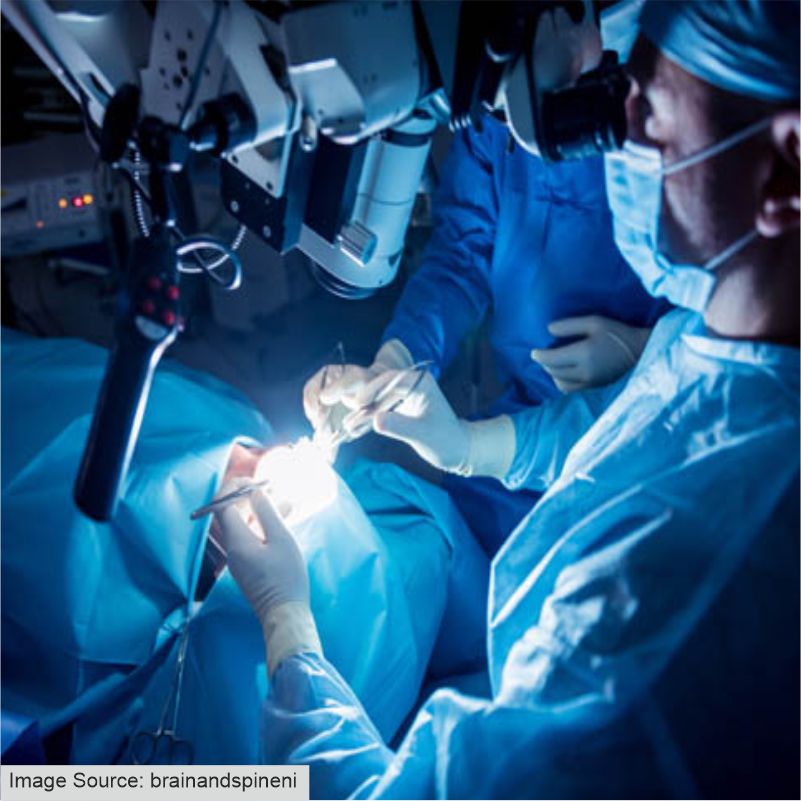The Last week of October is annually observed as International Brain Tumour Awareness Week to raise awareness about the dangers and symptoms of brain tumours. It is said that 3,08,000 cases of brain tumoursare registered each year and more than 2,51,000 meet their unfortunate demise due to this disease.
There are several types of brain tumour. Some of these are:
- Astrocytoma: originates in glial cells called astrocytes, star-shaped cells involved in cell repair and nutrient transport.
- Ependymoma: originates in ependymal cells lining the cerebrospinal fluid pathways.
- Glioma: originates in glial cells that support and protect neurons.
- Meningioma: begins in the thin membranes (called meninges) covering the brain and spinal cord.
- Medulloblastoma: originates in a region at the base of the skull called the posterior fossa.
- Neuroblastoma: arises in primitive nerve cells called neuroblasts that are found in an embryo or fetus.
Brain tumours normally cause:
- Headaches: Frequent or severe headaches, often worse in the morning or during physical activity. They may become more intense over time.
- Seizures: New or unexplained seizures, particularly in people with no history of epilepsy, can be a sign of a brain tumour.
- Nausea and Vomiting: Persistent nausea or vomiting, especially if it occurs in the morning and without other gastrointestinal issues.
- Fatigue: Ongoing tiredness or lack of energy, sometimes to the point of exhaustion.
- Cognitive or Personality Changes: Memory loss, difficulty concentrating, confusion, or noticeable changes in personality or behaviour.
- Mood Swings: Sudden shifts in mood, irritability, or changes in social behaviour, which may become more pronounced over time.
- Vision Problems: Blurred vision, double vision, or loss of peripheral vision, especially if sudden or worsening.
- Hearing Loss: Sudden or gradual hearing loss in one ear, sometimes accompanied by ringing in the ears.
- Speech Difficulties: Difficulty finding words, slurred speech, or trouble understanding language.
- Weakness or Paralysis: Weakness or numbness in one side of the body, including the face, arms, or legs.
- Coordination and Balance Issues: Difficulty with balance, walking, or fine motor skills, like writing or buttoning a shirt.
- Frontal lobe: Impaired judgment, personality changes, and loss of inhibitory control.
- Parietal lobe: Sensory loss, spatial disorientation, or problems with reading and writing.
- Temporal lobe: Difficulty with memory, comprehension, or recognition of objects and faces.
- Occipital lobe: Visual disturbances or loss of vision.
- Cerebellum: Loss of coordination, dizziness, and difficulty with fine motor tasks.
Normally a doctor would prescribe you to undergo treatment which would be one of the following or a combination of these:

- Surgery
- Radiation Therapy
- Chemotherapy
- Targeted Therapy
- Immunotherapy
- Tumour Treating Fields (TTF)
- Rehabilitation and Supportive Care
- Clinical Trials
- Palliative Care
Child Help Foundation helps children battling brain tumours. To date, Child Help Foundation has helped more than 3,348 children with terminal illnesses, including 11 children with brain diseases.
Thank you for taking the time to read the article. Make sure to share it with all your friends and family members.
